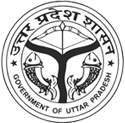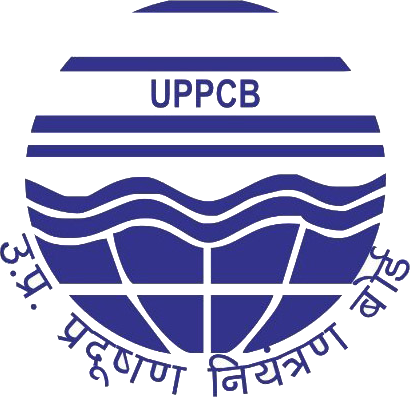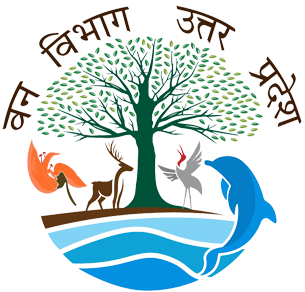| Type | No. of Units registered in Uttar Pradesh |
|---|---|
| Micro | 89.64 Lakh |
| Small | 0.36 Lakh |
Content will be available soon





The government’s target is to achieve an annual growth rate of 15% in development of MSME industries and to generate employment with an annual growth rate of 15%. To achieve this, the government has launched many special schemes such as the Vishwakarma Shram Samman Yojana, through which the facility of margin money grant and interest grant will be provided to local artisans and traditional entrepreneurs on getting loans from the bank for development of traditional industries. Another scheme, the Mukhyamantri Yuva Swarozgar Yojana is for the educated unemployed youth of the state. Encouraging them to establish an enterprise in the industry and service sectors, the scheme provides margin money grant and interest grant to the beneficiaries. These projects will be synchronized with the Pradhan Mantri Mudra Yojana or Stand Up India Scheme.

Additionally, a special provision has been made for SC/ST and women entrepreneurs under the Mukhyamantri Yuva Swarozgar Yojana.

In order to give a leg up to the MSME sector, the Uttar Pradesh government launched a unique initiative ‘One District One Product (ODOP) Scheme’, which aims to revive and promote the state’s cultural heritage from the district level itself. The scheme has not only helped preserve and develop endangered local crafts, traditional skills and products of communities, but also secured livelihood for millions of rural people engaged in these activities. The state government has one unique product from each of the 75 districts of Uttar Pradesh and create a product-specific traditional industrial hub, – like the ancient and nutritious kalanamak chawal, the rare and intriguing wheat-stalk craft, world-famous chikankari and zari-zardozi work on clothes, and the intricate and stunning horn and bone work that uses the remains of dead animals rather than live ones. As an initiative centred around promoting and marketing specialised products across districts, ODOP aims to develop its Micro, Small and Medium Enterprises (MSME) sector.
Leading state in the export of handicrafts, processed food, engineering goods, carpets, readymade garments, and leather products.
Famous for the traditional products manufactured by Micro, Small and Medium Enterprises (MSMEs) in the state and possess immense potential for generating employment.
Large opportunities for investments and outputs by large players and their MSME vendors to indigenize and/or enable import substitution.
A favourable procurement policy complemented by the huge industrial base
The State has mandated 25 percent procurement by the state government departments and public sector undertakings (PSU) from the state MSMEs.
The state government has fixed a sub-quota of 3 percent and 4 percent for compulsory procurement from the MSME units owned by women and scheduled caste/scheduled tribe (SC/ST)
To encourage Indigenous and specialized products in the state, the UP government has launched schemes like ODOP program and policies like the U.P. Micro, Small & Medium Enterprises Promotion Policy 2022 and the Uttar Pradesh Chief Minister Youth Self Employment Scheme 2020.
| Sr. No. | Department Name | Service Name | Timeline (Days) | Category | Criteria | |
|---|---|---|---|---|---|---|
 |
Department of Labor Website Link |
Approval of plan and permission to construct/extend/or take into use any building as a factory under the Factories Act, 1948 | 30 | If factory having 40 or more workers without power. Or Factory having 20 or more workers with power. | ||
| Registration and grant of license under The Factories Act, 1948 | 30 | If factory having 40 or more workers without power. Or Factory having 20 or more workers with power. | ||||
| Registration of principal employer's establishment under provision of The Contracts Labor (Regulation and Abolition) Act, 1970 | 30 | Every establishment in which 50 or more workmen are employed | ||||
| Registration of establishment under the Inter State Migrant Workmen (RE/CS) Act, 1979 | 30 | Every establishment in which 5 or more inter-state migrant workmen are employed. | ||||
| Registration under The Building and Other Construction Workers (Regulation of Employment and Conditions of Service) Act, 1996 | 30 | Govt - Unit any number and Pvt unit 10 and more employee and Investment 10 Lac and above any number of employees | ||||
 |
Department of Stamp and Registration Website Link |
Property Registration | 1 | Applicant wants to register property | ||
 |
Pollution Control Board Website Link |
Consent to Establish Under Air and Water Act (NOC) | 120 | Mandatory | ||
| Consolidated Form for Consent under Water Act 1974 Air Act 1981 and authorization under the Hazardous and Other Wastes (Management and Transboundary Movement) Rules 2016 | 120 | Mandatory | ||||
 |
Uttar Pradesh Fire Services Website Link |
NOC from Fire Department (prior to commencement of construction activities) or Provisional | 15 | Mandatory | ||
 |
Uttar Pradesh Power Corporation Limited Website Link |
Power Connection | 30 | In case applicant require power connection | ||
 |
Forest and Wildlife Department Website Link |
NOC for Tree Felling | 15 | In case applicant wants to cut tree | ||
 |
Registrar Firms Societies and Chits Website Link |
Registration of Partnership firms, Society | 30 | In case applicant wants to register Partnership Firm or Society | ||
 |
Public Works Department Website Link |
Road Cutting Permissions | 7 | In case applicant wants cut road | ||
 |
Directorate of Electrical Safety Website Link |
Initial Inspection of High / Extra High Voltage Installation | 4 | Applicant requires power connection | ||
 |
|
Building Plan Approval | 15 | In case applicant wants to construct building | ||
 |
Urban Department Website Link |
Water Connection of Industrial Water | In case applicant wants a water connection | |||